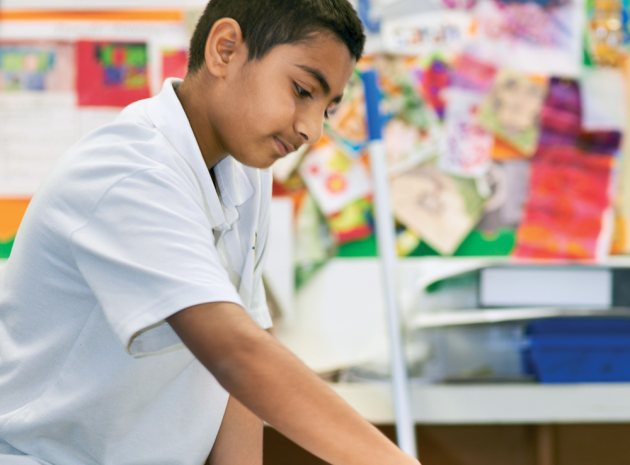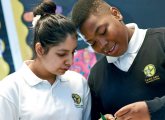Learners will love this hands-on approach to the topic of packaging – just don’t forget to hard-boil the eggs first, says Amanda Light…
Why teach this?
If you’re looking for a creative approach to the topic of packaging in Design Technology, this is guaranteed to get young people engaged. “There’s not many sessions that have had students thanking me for as they leave the classroom,” says Amanda Light, “but this is one of them.” And of course, this kind of practical problem solving is great for developing learners’ flexible thinking skills…
Whether you’re looking to introduce the topic of packaging in Year 10 or revise it with Year 11, this engaging and thoroughly enjoyable, hands-on session covers the six functions in a practical and memorable way. The question explored throughout is: “What are the main functions of packaging?” This is done through a mini creative competition, with the students being both creators and then, once they’ve completed the practical task, turning assessors. This process helps them properly understand and embed the six functions in their minds.
Pre-starter activity
As students walk through the door, hand them a 2D template net. The students are engaged in an activity straight away as they construct the ‘Say Hello’ box. It’s a quick hit, starts the students thinking about 2D and 3D concepts and gives them insight into how basic packaging nets are made. There is also a differentiated question posed on each student’s piece of packing for them to think about and discuss while constructing their box such as: ‘How do we package products?’ or ‘Is there always a need for packaging?’
This will then lead into the main task for the lesson. The key question that will be explored throughout the lesson will be: What are the main functions of packaging
Starter activity
Explore with the students what they know about the six functions of packaging, using a traffic light system of red, amber and green cups. The students use these to indicate how well they think they understand the concepts at the start.
Red cup: I understand what packaging is and how is it used in everyday products. I could attempt a question on the functions of packaging in an exam paper.
Yellow cup: I understand and can explain what packaging is and some of its functions. I could answer an exam question on the functions of packaging with some justifications.
Green cup: I know what packaging is and all six of its functions. I can also explain it to somebody else. I could confidently answer an exam question, in detail, on the functions of packaging.
Be sure to challenge any student who chooses the green cup, indicating they know all six functions of packaging and could explain this to someone else. You’ll revisit the traffic light cups as a way of testing understanding at the end of the lesson.
Main activities
Egg boxes are used to display and discuss the six reasons for the need for packaging (right). The students are then introduced to the Egg Packaging Mini Team Challenge. Students pair/buddy up into their mini teams and their brief is to design and construct a piece of packaging to hold one egg.
Standard materials used include corrugated card, PVC, polypropelene, coloured and white card, sticky vinyl, sticky labels, cellotape, string, glue and a holepunch.
The students must consider which of the below six functions are most important to use and be able to rate their design out of six against each function at the end of the two time slots.
- protect
- inform
- contain
- transport
- preserve
- display
The key to this is keeping it at a good pace and so use time constraints:
10 minutes – design and making
5 minute – mini reflection
10 minutes – developing and refining
10 minutes – testing and evaluation
It’s a good idea to use an online stopwatch to keep everyone focused on the activity. A sense of urgency and competitiveness soon develops!
Students test their design to see how well protected the eggs are inside of them at the end by dropping them from table height. My advice is to offer a choice of hard boiled eggs or ‘fake’ ones for the students to test with. If time allows, to really embed the functions in students’ minds, ask each team to vote for a winning package and explain to the others how they rate it for each of the functions and why.
Summary
To assess the students’ progress you use the traffic light cups again. If they have made progress their cup should change colour, from red to yellow or yellow to green.
About our expert
Amanda Light is a teacher at Marine Academy Plymouth. She teaches Design Technology, Art and Food technology at KS3 and specialises in Product Design at KS4 and KS5. Amanda believes that teaching Design Technology is about creating designers with an enterprising curiosity and an undefeated sprit.











Learners will love this hands-on approach to the topic of packaging – just don’t forget to hard-boil the eggs first, says Amanda Light…